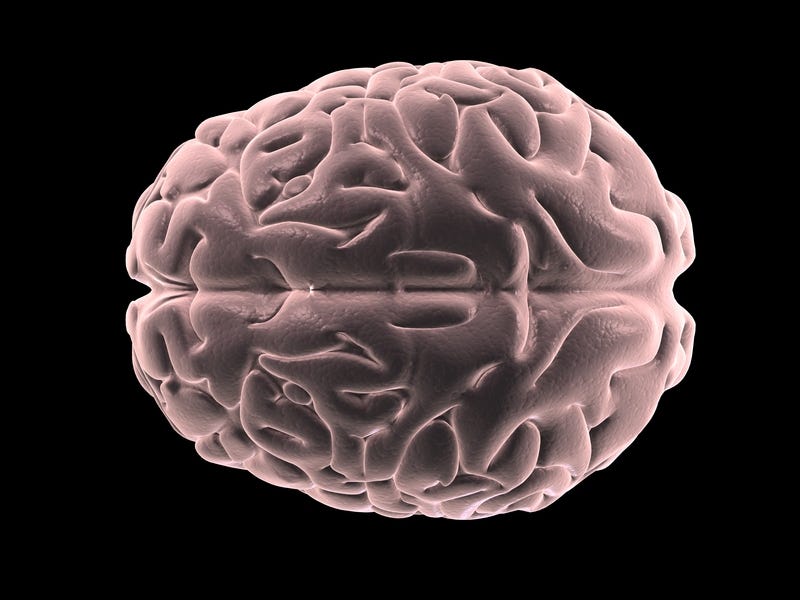The brain is wrinkly but until now this process of folding has been poorly understood. Now we know more: a simple process forces neurons to spread out in the developing brain.
A key feature of the brain is that it is wrinkly. It has bumps and valleys. These are known as gyri, the lumps, and sulci, the “valleys”. Many names of brain regions are named “gyrus” or “sulcus” referring to specific bumps and valleys. The brain therefore seems to fold in pretty uniform ways.
The reason for this folding is an increase in surface area. With this folding the thin outer cortex of the brain can double, or more, its size. So we human beings have a modest size brain but the folding double up our processing capabilities. So, a good thing to have.
You may wonder what happens when the brain doesn’t fold – this is indeed a condition that some people are born with known as smooth brain or lissencephaly. And how does this affect human beings?
Keep reading with a 7-day free trial
Subscribe to leading brains Review to keep reading this post and get 7 days of free access to the full post archives.




